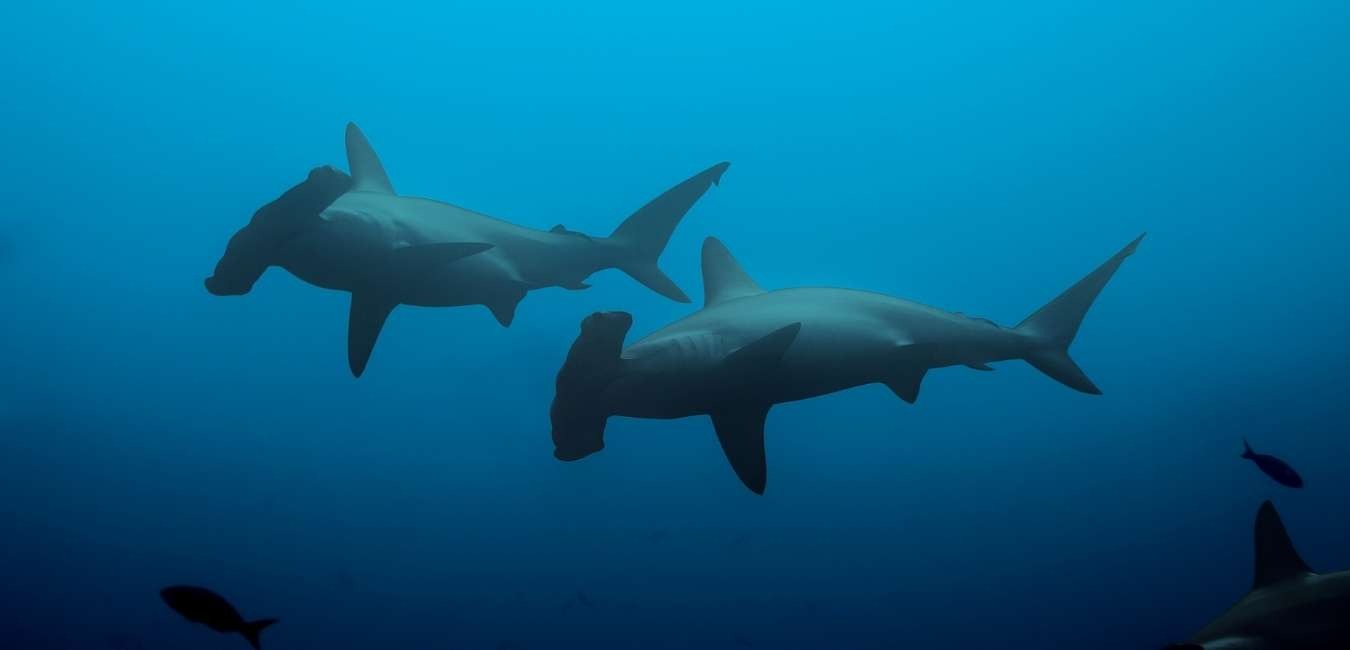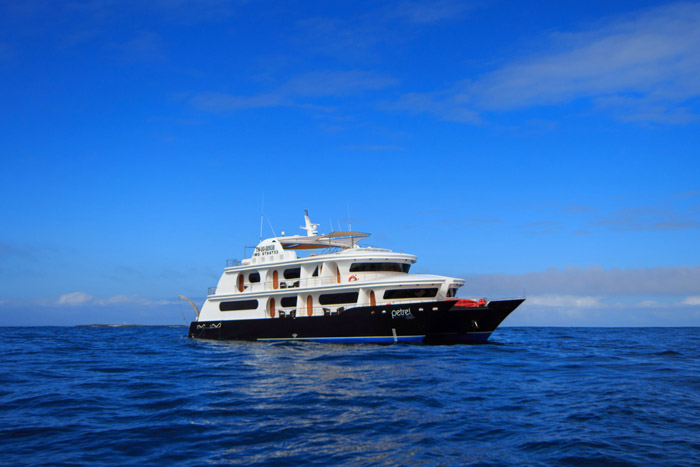This route is a real treat for nature lovers. It includes visits to nesting areas of frigate birds, blue-footed boobies, and explores the remote side islands of Isabela, Fernandina, and chances to spot giant tortoises and marine iguanas. You will reach the top of Sierra Negra volcano which is the largest crater on the islands. You will swim with sea lions and marine turtles as well as rays, eels, and other ocean animals. The Petrel provides luxury aboard and attentive crew. The facilities on board are top-notch, with private balconies in every cabin and a sundeck with hot tubs. The navigation is as smooth as any catamaran, and the itinerary is optimized to allow wildlife viewing.
Day by day
Map

Preview

Preview

Preview
Cruise Includes
Scheduled visits and activities with a professional bilingual guide
All meals on board, some snacks, purified water, tea and coffee
Accommodation in a standard cabin with private bathroom and air conditioning
Snorkeling equipment (mask, lenses, fins), sea-kayaks
Assistance at the Airport and 24/7 during the trip
Cruise does not include
Air tickets to / from Galapagos from / to Quito, Guayaquil or combined route
Entrance to the Galapagos National Park US $ 200 p.p. (cash in the Islands)
Galapagos Control Card US $ 20 p.p. (at the airport before check-in)
Wet-suits rental on board (in cash)
Soft and alcoholic drinks on board; personal expenses, extras and tips guide and crew (cash)
Travel insurance with medical, cancellation and other unforeseen coverage
Other services in Continental Ecuador and not specified in the program
Highlights
The best learning experience on every site with your licensed guide.
Blue-footed Boobies, Land Iguanas and more at North Seymour.
Encounter unique endemic species at Fernandina Island.
Amazing birdwatching at Elizabeth Bay by panga ride.
Hike in the largest volcano in the Archipelago, Sierra Negra.
A conscious visit to a natural Tortoise Breeding Center on Isabela.
A visit to Lobos Island to explore frigate bird and blue footed booby nesting sites

Preview